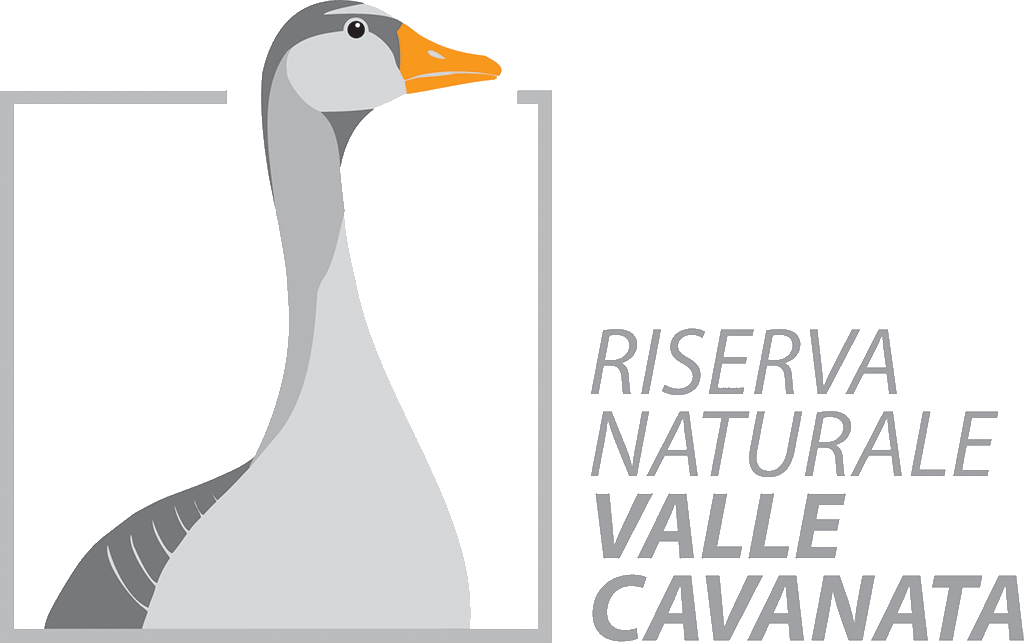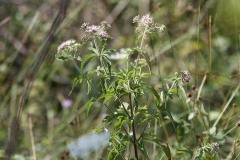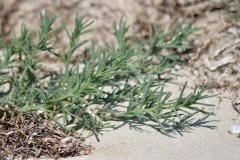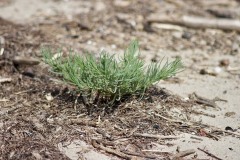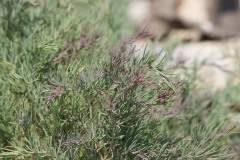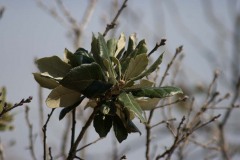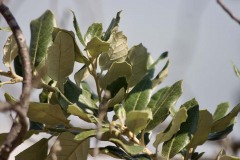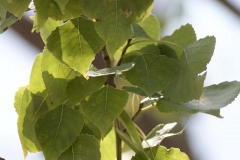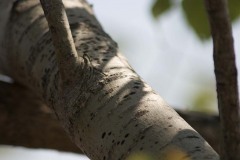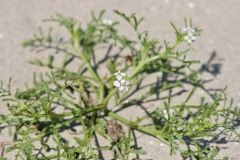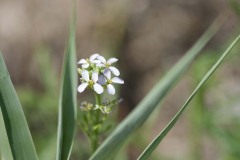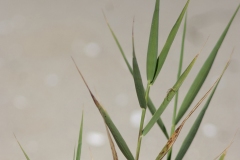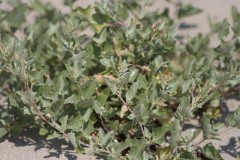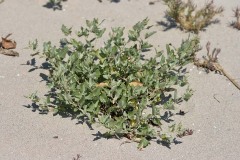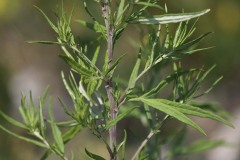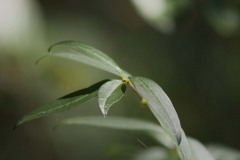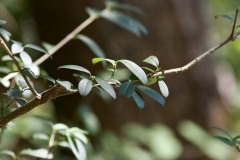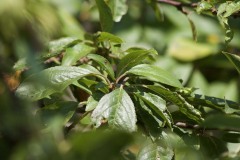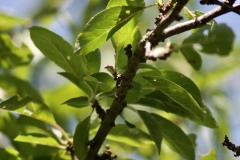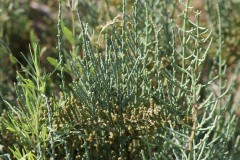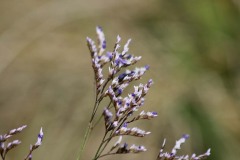On the reserve there is a high degree of biodiversity (a high number of species), due to the presence of environments that are also very different from each other and each characterized by its own vegetation.
Moving from the coastline towards the interior, one encounters the sandy seabed that hosts seagrass meadows and the seashore, characterized by psammophilous vegetation (adapted to living in sand). Close to the sand-dunes we find a wood of young poplars and willows, while inside the pools, near the saltmarsh, halophilous (able to grow in a salty environment) vegetation, amongst which the Sea-lavender Limonium stands out, with its purple inflorescences, in flower from July onwards.
In the north-western part of the reserve there are also meadows that are mown at the beginning of July so as not to disturb the fauna present.
The supply of fresh water by some artesian wells creates situations suitable for the growth and spread of the Common Reed, in particular around some internal water bodies and along the Averto Canal.
A dense wood of Siberian Elms has also developed along this waterway, the planting of which dates back to 1946.
